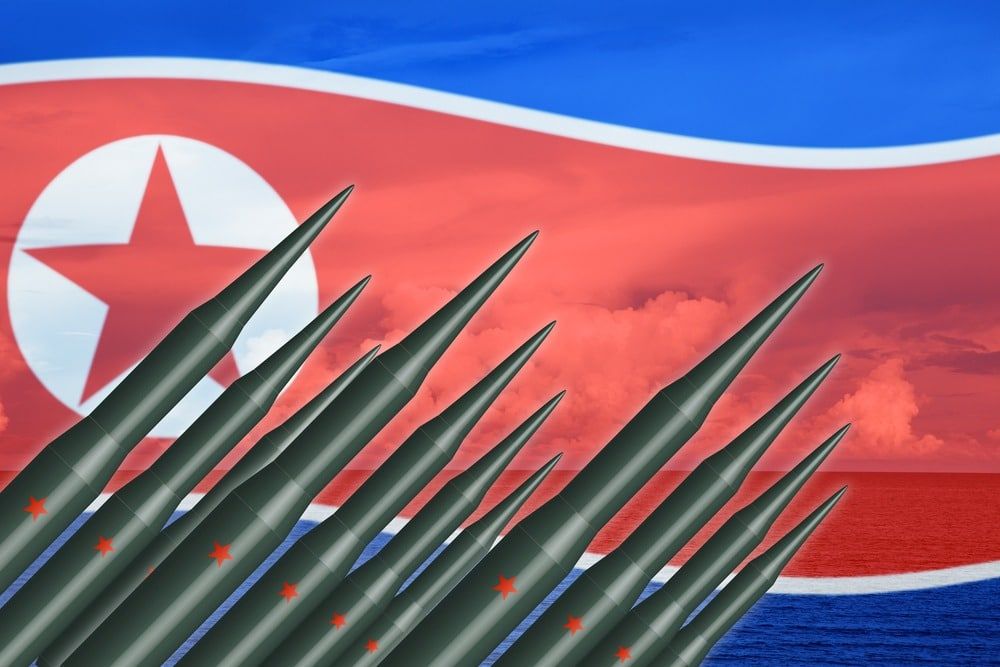What to make of the collapse of the Hanoi summit
By Ankit Panda | February 28, 2019
 Image courtesy of Shutterstock
Image courtesy of Shutterstock
With about 12 hours having elapsed since the end of diplomatic discussions between the United States and North Korea in Hanoi, we’ve heard from both sides about the causes of collapse.
For the United States, it was North Korea’s big ask on sanctions relief, which Trump described as representing the “entirety” of the international sanctions regime. Additionally, Washington asked North Korea to move forward on granting access to inspectors at the Yongbyon nuclear complex, but wanted “one more” site or gesture. What precisely this may have been is unclear, but it is possible that the United States sought access to the suspected Kangson enrichment site, one of North Korea’s two covert uranium enrichment plants known to the US intelligence community.
North Korea’s read on the cause of collapse pushed back on Trump’s explanation. Ri Yong Ho, the country’s foreign minister, explained that it sought a “partial” relief from the existing roster of 11 United Nations Security Council resolutions put in place since 2006. Ri clarified that the relief North Korea sought was related to the five resolutions passed in 2016 and 2017, which represent a disproportionate amount of the international pressure currently on the regime—affecting some 90 percent of North Korea’s export volume prior to sanctions. North Korea did not seek total repeal of all aspects of the resolutions, but wanted a specific clause-by-clause sectoral relief package before it would allow its nuclear fuel production capabilities at Yongbyon to come on the negotiating table.
The United States was unable to accept this. And it appears that was the moment that North Korea decided there would be little more to discuss at this point.
In the North Korean view, the Hanoi summit—as supported by multiple official statements from the regime in state media and at Kim Jong-un’s New Year’s Speech—was to be about what Washington would offer Pyongyang for additional denuclearization gestures.
The answer at Hanoi? Washington would give nothing until North Korea gave up more. With no agreement on sequencing, there was no deal.
Together, we make the world safer.
The Bulletin elevates expert voices above the noise. But as an independent nonprofit organization, our operations depend on the support of readers like you. Help us continue to deliver quality journalism that holds leaders accountable. Your support of our work at any level is important. In return, we promise our coverage will be understandable, influential, vigilant, solution-oriented, and fair-minded. Together we can make a difference.
Keywords: Hanoi, North Korea, North Korea summit
Topics: Nuclear Risk, Nuclear Weapons, Opinion















